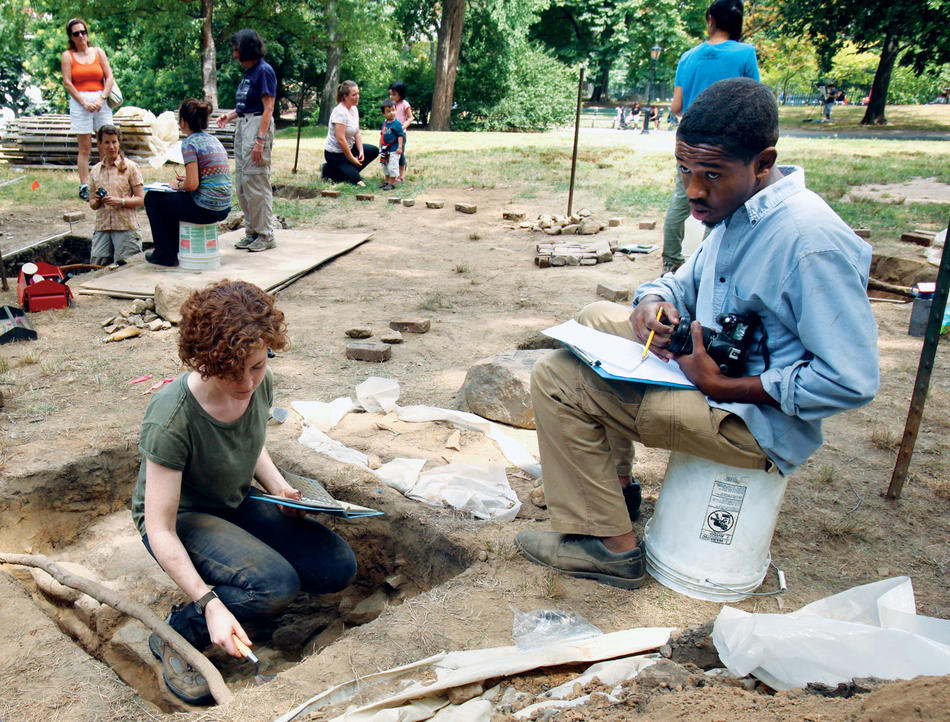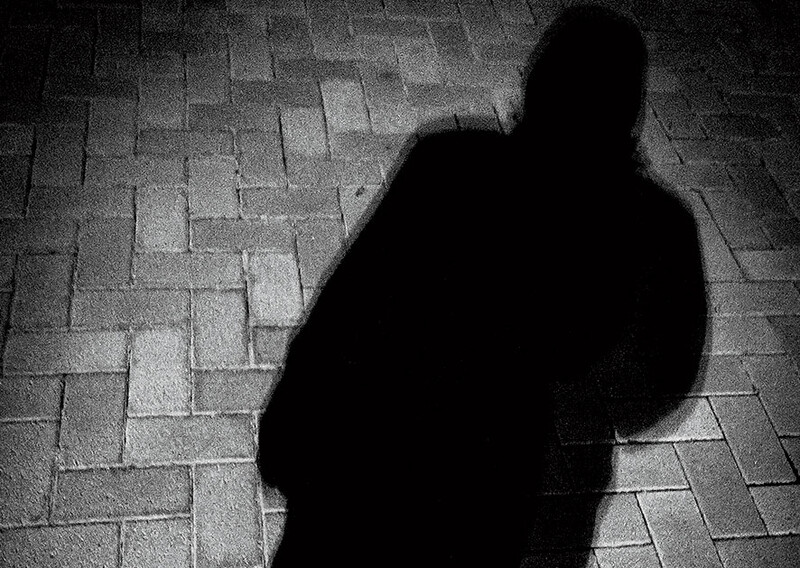When Seneca Village, one of Manhattan’s early African American settlements, was uprooted to make way for Central Park in 1857, many dismissed the inhabitants as obstructionist squatters. “The policemen find it difficult to persuade them out of the idea which has possessed their simple minds,” wrote the New-York Daily Times on July 9, 1856, “that the sole object of the authorities in making the Park is to procure their expulsion from the homes which they occupy.”
The idea that Seneca Village was merely a squatters’ camp persisted among scholars until 1992, when a history of Central Park called The Park and the People, cowritten by Columbia historian Elizabeth Blackmar, drew on archival records to reassert the facts: This was not a shantytown but the first community of Africa American property owners in New York. The village had a population of nearly 300, a school and three churches, and it existed for 30 years.
This summer, Columbia anthropologist Nan Rothschild, along with colleagues from City College and New York University and several of her students, unearthed some of the most intimate evidence yet that people here enjoyed a stable middle-class life. For eight weeks in June and July, the anthropologists gently scraped away topsoil that had been dumped upon the village’s former site, between 82nd and 89th Streets near Central Park West, when the park was created. Their dig represented the culmination of
12 years of work, during which the researchers scanned the ground with radar to identify building foundations and took soil samples to determine if the site was preserved well enough to be worth studying.
“We know a great deal about Seneca Village from historic documents,” says Rothschild, “but the archaeology gives us evidence of the fabric of people’s lives: what foods they ate, what dishes they chose for their homes, how their homes were built. These details are completely missing from the historical record and are really important in understanding, for example, how expressions of class were manifest in the village.”
The hundreds of recovered artifacts are only beginning to be analyzed, but they already reveal hints of the village’s inhabitants’ middle-class existence. For example, included among them are shards of blue-and-white porcelain imported from China and a style of white stoneware dishes with paneled rims known to be popular among 19th-century middle-class families.
The excavation focused on two houses identified through archival records. At the site of the home of William G. Wilson, a sexton at All Angels’ Episcopal Church in Seneca Village, the team uncovered metal roofing, a stoneware beer bottle, kitchen utensils, and clothing. Where villager Nancy Moore lived, they found ceramics and the bones of butchered animals.
Wilson and Moore, like two-thirds of Seneca Village’s population, were African American, living in this autonomous community as a refuge from racism; the rest of the village was predominantly Irish. Rothschild says it is intriguing to see that African Americans and Irish immigrants, whose communities often were at odds, apparently chose to live side by side here.
Questions of class and the interaction between groups interest Rothschild, who considers herself a social archaeologist and has written books on the encounters between European colonizers and the indigenous peoples of North America. Currently, she is writing a book about the archaeology of early American cities.
The Seneca Village project, she says, has transformed how she sees Central Park.
“I walk my dog every morning in the park,” says Rothschild, “and I will never see that part of the park again without thinking about how close to the surface Seneca Village was and how disenfranchised and forgotten these people were.”



